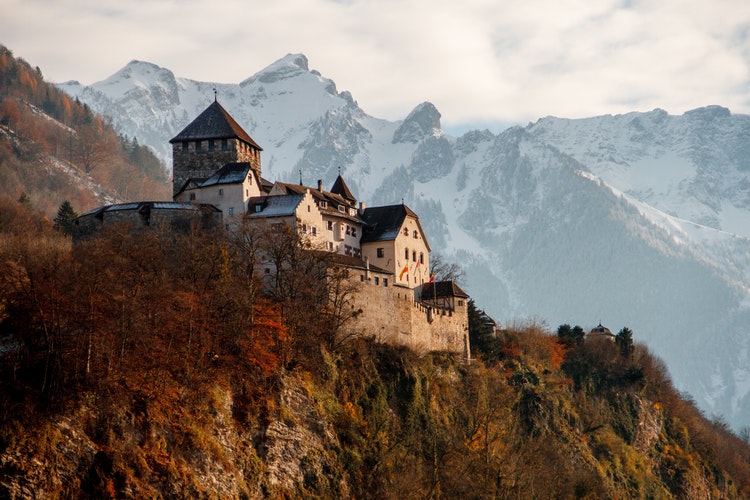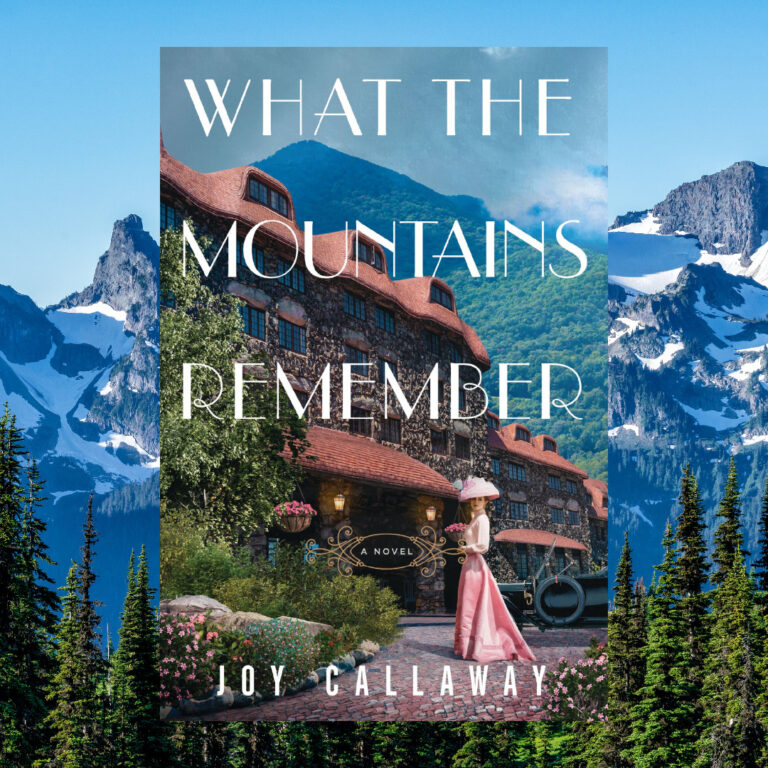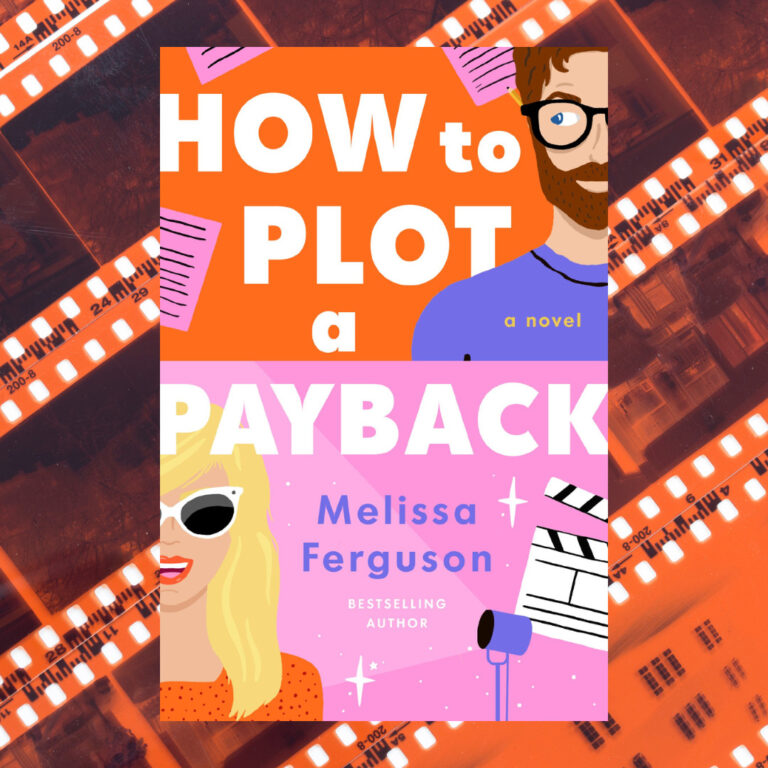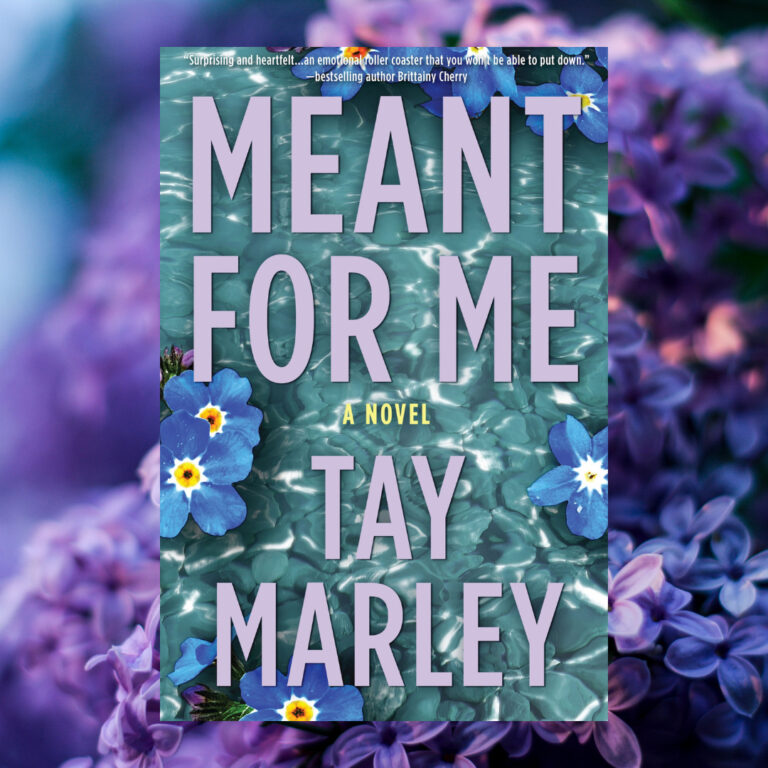Okay, I admit it – I have an obsession. As far as obsessions go, it’s a relatively inoffensive one and one I don’t mind admitting to. Although I am guilty of involving my long-suffering husband in it (psst, I tell him it’s for research to get him to come with me…).
Castles – that’s my obsession.
I have no idea when, where, or how it all started. I can’t even remember my very first visit to a castle. The obsession sort of crept up on me when I wasn’t looking: I have always enjoyed history, both reading fiction and watching documentaries, but going from that to planning days out/weekends away on the basis of what castle we haven’t visited yet is something I haven’t worked out in my mind.
And it can’t just be any old castle. It has to be a certain type of castle. None of this post-Tudor, well-preserved stuff; I like moody ruins and gothic monuments. But not too ruined, you understand. If they are too ramshackle, I lose the sense of what it might have been like back in their heyday.
I’m lucky. My neck of the woods has quite a few of these glorious beasties. And by a few, I mean around a hundred or so, and that’s just in Wales alone. If you include all of the UK, we’re talking about six to seven hundred. The reason why the amount isn’t accurate is because how do you “define a castle”? Do you include earthworks where a castle used to stand? Personally, I don’t. If I can see parts of walls, then I do call it a castle. Other people, far more learned and experienced than I, have argued and discussed this very topic, and obviously have so far failed to arrive at a conclusion.
Anyway, I like a castle which looks like a castle, but isn’t too well restored. No complete rooms harbouring furniture, figures in armour, or tapestries for me. I want to see bare stone walls, leaning towers, and no, I don’t mean the Leaning Tower of Pisa – I’m talking about the one at Caerphilly Castle, which by the way, is the largest castle in Wales and the second largest in Britain after Windsor, and dungeons. Ooh, I do love a nice dungeon.
Not only have I got specific criteria which I look for in a castle, I am also really interested in the eras when the majority of these castles were built and subsequently destroyed.
There are two men who fingers can be pointed out – one at the construction end and one at the destruction end.
William, Duke of Normandy, aka William the Bastard or William the Conqueror, invaded England in 1066. He started the castle-building craze in his bid to enforce Norman rule over the Saxons. In Wales, while William did have a great deal of influence, Edward 1 who was King of England after William, became the main guy in the castle construction business when he decided he wanted to annex Wales and subdue the Welsh (many Welsh folk still bear a grudge against the English to this day). He built a shedload of the things in various assorted strategic positions and many of them are still standing.
At the other end of castle-mania was Oliver Cromwell who, during and after the English Civil war in the mid-seventeenth century, decreed that castles should be “slighted” to stop them being used by the Royalists. “Slighting” was the deliberate destruction of a castle or fortress to render it useless for defence purposes. This is why so many castles throughout Britain are partial or complete ruins today. A very few were restored, but most were allowed to crumble where they stood, which is why we have such a great snapshot of the life of the nobility for the five hundred years from roughly 1066 to the Civil War.
Right, that’s enough history, let’s get down to the nitty-gritty – the gory stuff, the scary stuff. After all, if you visit a castle you want to know about bloodthirsty knights, adulterous wives, and ghostly figures with no heads, don’t you? As well as the historical details, of course, like how they made the bread, and how heavy is chainmail (very).
Take Carew Castle, near Tenby in West Wales, for instance. This one had a nobleman who married a rather flighty Welsh Princess. When she caught the eye of another man, she persuaded her husband to escape using the privy (old word for toilet) shaft while she allowed herself to be abducted. It is said her white ghostly form haunts the castle to this day.
It is said that Carew is also haunted by the ghost of a Barbary ape. In the eighteenth century, the castle’s owner, Sir Roland, rescued an ape from a Spanish galleon. When Roland’s son eloped with the daughter of a merchant (Roland wasn’t too pleased with this news), he rowed with the merchant and Roland set the ape on the man, mauling him badly. The merchant cursed Roland, and later that night the ape turned on its master and ripped Sir Roland’s throat out. Stories vary as to whether the ape also died or whether it disappeared, but whatever happened to it, it is said that the animal’s ghost haunts the battlements. Add an atmospheric water mill and misty lake to the castle’s location, and you have a fantastically atmospheric backdrop to these stories.
Maybe castle history had a part to play in a scene in one of George R. R. Martin’s books – are you familiar with the Red Wedding scene? Well, in 1175 William de Braose, who was lord of Abergavenny Castle, had a bit of a squabble with some troublesome Welsh, who seemed to think Abergavenny and surrounding lands belonged to them (it did – they were there first). Claiming he wanted a reconciliation with the Welsh, Braose invited a number of Welsh princes and their nobles to the castle for Christmas. Leaving their weapons outside, the unsuspecting Welsh walked into the castle. The doors were locked and barred behind them, and what followed was one of the most bloody and brutal massacres in Welsh history.
Now can you see why I like castles? And these stories are only the tip of this historical iceberg.
I really can’t help putting them in my novels. Carew Castle will feature in my next book which I hope will be published late in 2019 (I’m not promising anything, though). Criccieth Castle is the backdrop to a big part of my latest book, the final novel in the Cailyn series, Another Kind of Magic – witches and familiars and lots of magic in medieval Europe.
Abergavenny Castle has a cameo appearance in The Medium Path (set in the present day, featuring ghosts), and Hay Castle is the setting for The Spirit Guide (medieval ghostly romance). If you want a taste of my books, State of Grace is free, and you’ll be transported back to twelfth century Wales where you’ll come into contact with a couple of vampires.












